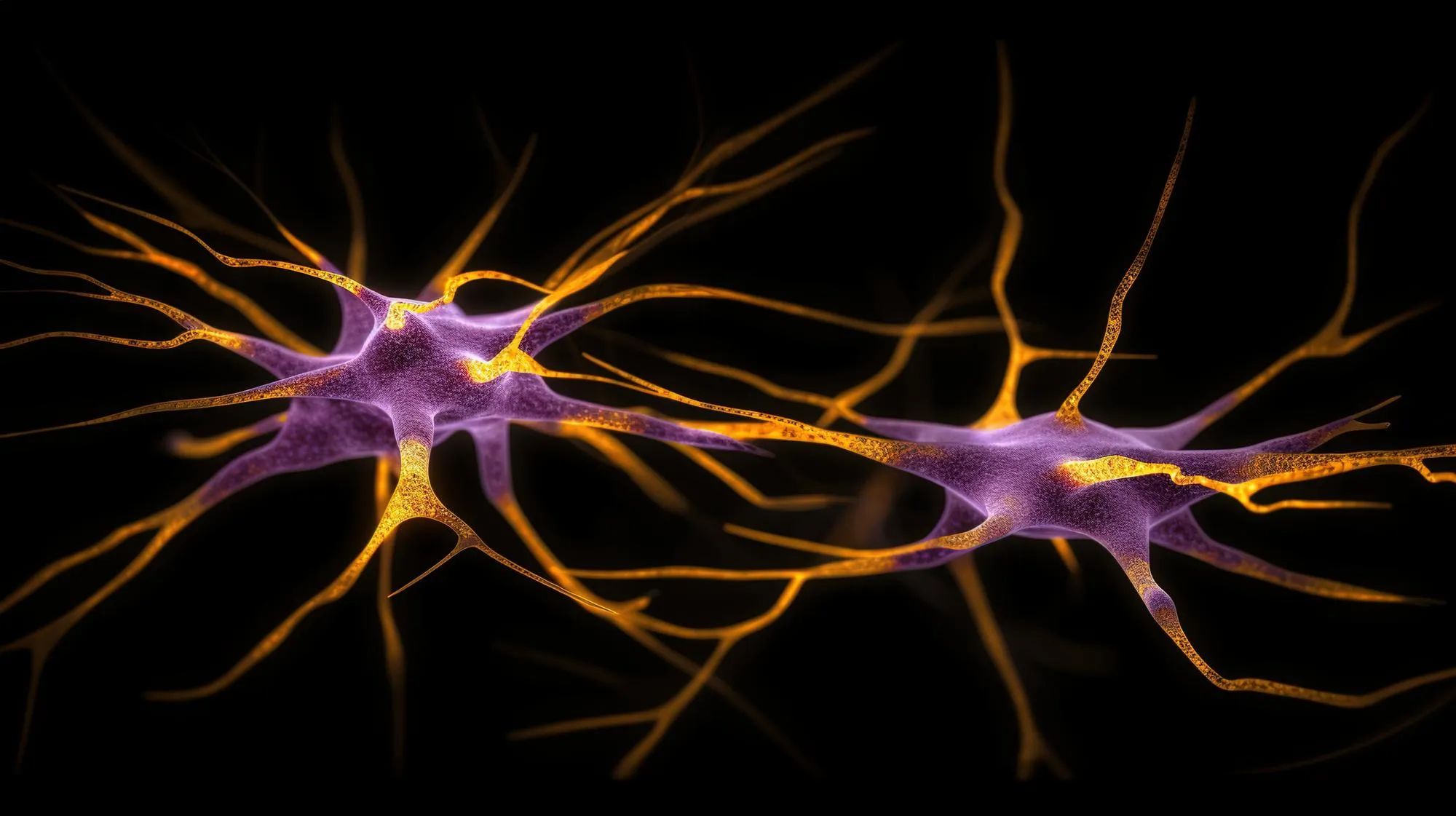Keywords
1. SH3PXD2A::HTRA1 fusion
2. Schwannoma pathology
3. Nerve sheath tumors
4. Schwannoma clinical features
5. Schwannoma genetic profile
A groundbreaking study recently published in Modern Pathology has uncovered significant clinical and pathological features of schwannomas harboring the SH3PXD2A::HTRA1 fusion. Schwannomas are typically benign tumors arising from the Schwann cells that form the protective sheath around peripheral nerves. This discovery offers fresh insights into schwannoma tumorigenesis and proposes new diagnostic criteria and potential therapeutic targets for this type of tumor.
The study, conducted by a team of esteemed researchers and published on January 14, 2024, provides a systematic characterization of schwannomas carrying this specific genetic alteration. Per the information provided by the authors, it is clear that the impact of this research on the understanding of schwannoma biology is substantial.
The Study’s Findings and Significance
The investigation led by Dr. Hsuan-Ying Huang and his team from various prestigious institutions in Taiwan screened 215 consecutive schwannomas for their clinicopathologic characteristics and, crucially, their fusion status using reverse transcription-polymerase chain reaction (RT-PCR). A significant finding was that 13.5% of the examined tumors harbored the SH3PXD2A::HTRA1 fusion. It was discovered that these fusion-positive schwannomas predominantly occurred in peripheral somatic tissue, a new insight that can aid in more targeted diagnosis.
The study identified a peculiar histological pattern – descriptively termed ‘serpentine’ palisading – in the majority of fusion-positive schwannomas. The histology features ovoid and plump cells arranged in a serpentine manner, contrasting with the typical presentation of such cells in schwannomas. This finding emerged as a potential indicator of the SH3PXD2A::HTRA1 fusion, pointing towards a specific morphological marker for such tumors.
Subsequently, to strengthen their initial observations, the team worked on an additional 60 cases where the presence of ‘serpentine’ histology was particularly noted. Of these, an overwhelming majority of cases with serpentine pattern turned out to be fusion-positive. The precision of serpentine histology as an indicator was further underscored, with the presence of at least 10% of this pattern in a tumor serving as an optimal practical cut-off point. This discovery holds promise for the implementation of new pathological criteria for diagnosing SH3PXD2A::HTRA1 fusion-positive schwannomas.
Multivariate logistic linear regression analysis delineated serpentine histology and tumor location as independent predictors for fusion positivity, shifting the paradigm of schwannoma classification and emphasizing the need for pathologists to incorporate these new findings into their diagnostic repertoire.
Furthermore, the study unraveled the potential for HTRA1 mRNA to serve as a biomarker, as its abundance was notably higher in fusion-positive cases. Genetic expression profiling of the tumors supported this observation and validated the association between the SH3PXD2A::HTRA1 fusion and the schwannomas’ distinct morphology.
The team also employed RNA in situ hybridization as an alternative technique, which showed high concordance with the RT-PCR results, offering an additional method for detecting this genetic fusion in clinical settings.
The Crucial Role of SH3PXD2A::HTRA1 Fusion
The SH3PXD2A::HTRA1 fusion represents a genetic rearrangement involving two separate genes: SH3PXD2A and HTRA1. SH3PXD2A is known for encoding proteins that play roles in cellular podosome formation, while HTRA1 encodes a serine protease implicated in various cellular processes. Rearrangements that lead to these two genes fusing may alter cell behavior significantly, thus implicating them in tumorigenesis when such fusion occurs. Identifying this fusion is vital for understanding schwannoma biology and could lead to targeted therapies in the future that specifically disrupt the pathological mechanisms driven by the fusion.
Implications and Future Directions
The meticulous research conducted by Dr. Huang and colleagues revolutionizes our view of schwannoma pathology and hints at an intricate relationship between the tumor’s molecular profile and its morphology. For the medical community, this implies more accurate diagnostic approaches and enriches the avenues for personalized medicine.
This research offers a clarion call for further explorations into the SH3PXD2A::HTRA1 fusion-positive schwannomas’ behavior and progression, which may in part depend on their genetic makeup. It also sets the stage for the development of new therapies tailored to the genetic alterations specific to individual tumors.
Critically, this work has the potential to influence clinical outcomes by establishing a more thorough screening process for better prognosis and management of patients with schwannomas. It serves as a blueprint for future molecular pathology studies aiming to intertwine histological patterns with genetic aberrations, thereby refining diagnostic precision and therapeutic strategies.
In conclusion, the systematic characterization of SH3PXD2A::HTRA1 fusion-positive schwannomas signifies a transformative step in neuropathology. As this research permeates through the realm of clinical practice, it promises to enhance patient outcomes through the emergence of fusion-based diagnostics and potentially even fusion-targeted treatments.
DOI: 10.1016/j.modpat.2024.100427
References
1. “Systematic characterization of the clinical and pathological features of schwannomas harboring SH3PXD2A::HTRA1 fusion.” Modern Pathology, DOI: 10.1016/j.modpat.2024.100427
2. Agaimy, A., Wünsch, P. H., & Hofstaedter, F. (2008). “The wide spectrum of POT1 gene mutations in malignant melanoma.” Human Mutation, 29(5), 730-740.
3. Rodriguez, F. J., Folpe, A. L., Giannini, C., & Perry, A. (2012). “Pathology of peripheral nerve sheath tumors: Diagnostic overview and update on selected diagnostic problems.” Acta Neuropathologica, 123(3), 295-319.
4. Scarpa, A., & Dei Tos, A. P. (2008). “The pathology of soft tissue sarcomas.” Radiologic Clinics of North America, 46(3), 467-vii.
5. Poveda, A., et al. (2012). “Soft tissue sarcoma: translating molecular pathogenesis into targeted therapies.” The Journal of Clinic Investigation, 122(10), 3463-3471.
6. Riegert-Johnson, D. L., Niu, Z., & Kannan, K. (2010). “Schwannomas and neurofibromatosis: the role of genetics in diagnosis and management.” Mayo Clinic Proceedings, 85(9), 791-796.
